
Was ist ein Cold Wallet und wie funktioniert es?
Die Welt der Kryptowährungen bewegt sich blitzschnell – die Märkte reagieren sofort auf Neuigkeiten, fast jeden Monat tauchen neue Technologien auf und riesige Geldbeträge wechseln in Sekundenschnelle den Besitzer. Doch mit all dieser Aufregung gehen echte Sicherheitsrisiken einher. Egal, wie schnell sich die Dinge ändern, eines ist klar: Die Sicherheit von Krypto-Assets liegt in Ihrer Verantwortung und Sie möchten sie auf jeden Fall außerhalb der Reichweite von Hackern aufbewahren.
Ein Cold Wallet ist wie ein Tresor für Ihre digitalen Münzen – es bleibt vollständig offline, stellt nie eine Verbindung zum Internet her oder interagiert mit Smart Contracts. Diese Offline-Einrichtung macht es supersicher gegen Online-Bedrohungen. In diesem Artikel gehen wir darauf ein, was Cold Wallets sind, wie sie funktionieren, wie man sie einrichtet und welche die besten Optionen für 2024 sind, um Ihre Kryptowährungen sicher und geschützt aufzubewahren.
Was ist ein Cold Storage Wallet?
Ein Cold Storage Wallet ist eine hochsichere Art von Kryptowährungs-Wallet, das Ihre privaten Schlüssel offline und fern von potenziellen Online-Bedrohungen aufbewahrt. Im Gegensatz zu Hot Wallets, die mit dem Internet verbunden und anfälliger für Hackerangriffe sind, bieten Cold Wallets eine zusätzliche Schutzebene, indem sie Ihre digitalen Assets vollständig offline speichern.
Cold Wallets gibt es in zwei Hauptformen:
- Hardware Wallets: Physische Geräte, die dazu dienen, Ihre privaten Schlüssel sicher zu speichern. Sie ermöglichen Ihnen Transaktionen, indem Sie das Gerät vorübergehend an einen Computer oder ein mobiles Gerät anschließen, aber Ihre Schlüssel bleiben sicher im Gerät.
- Paper Wallets: Eine einfachere Option, bei der Ihre privaten und öffentlichen Schlüssel ausgedruckt oder auf ein Stück Papier geschrieben werden. Diese Art von Wallet ist vollständig offline und daher sehr sicher, erfordert jedoch eine sorgfältige Aufbewahrung, um sie vor physischen Schäden oder Verlust zu schützen.
Cold Storage Wallets sind eine ideale Wahl für die langfristige Aufbewahrung von Kryptowährungen, insbesondere wenn Sie erhebliche Beträge besitzen oder nicht häufig auf Ihre Gelder zugreifen müssen.
Wie funktioniert ein Cold Wallet?
Ein Cold Wallet funktioniert, indem es Ihre Daten sicher offline speichert, was zu seinem hohen Sicherheitsniveau beiträgt. So funktioniert der Prozess:
- Schlüsselgenerierung: Wenn Sie ein Cold Wallet einrichten, generiert es ein Paar kryptografischer Schlüssel – einen öffentlichen und einen privaten. Der erste Schlüssel wird zum Empfangen von Kryptowährung verwendet und wird auch als Wallet-Adresse bezeichnet, während der private Schlüssel zum Zugriff darauf verwendet wird. Wichtig ist, dass dieser private Schlüssel im Cold Wallet selbst generiert und gespeichert wird, vollständig isoliert von jeder Online-Umgebung.
- Transaktionen signieren: Wenn Sie Kryptowährung senden möchten, erstellen Sie zuerst eine Transaktionsanforderung auf einem Online-Gerät wie einem Computer oder Smartphone. Diese Anforderung wird dann entweder über USB, QR-Code oder eine andere Methode, je nach verwendeter Methode (Hardware oder Papier), an das Cold Wallet übertragen. Das Cold Wallet verwendet seinen privaten Schlüssel, um die Transaktion intern zu signieren.
- Übertragung der Transaktion: Nachdem die Transaktion unterzeichnet wurde, werden die Daten zurück an das Online-Gerät übertragen. Das Online-Gerät überträgt die Transaktion dann an das Blockchain-Netzwerk.
- Transaktionsbestätigung: Nach der Übertragung wird die Transaktion vom Blockchain-Netzwerk verarbeitet. Sie können dann die Daten auf dem Überwachungsgerät überprüfen, um sicherzustellen, dass sie erfolgreich abgeschlossen wurde.
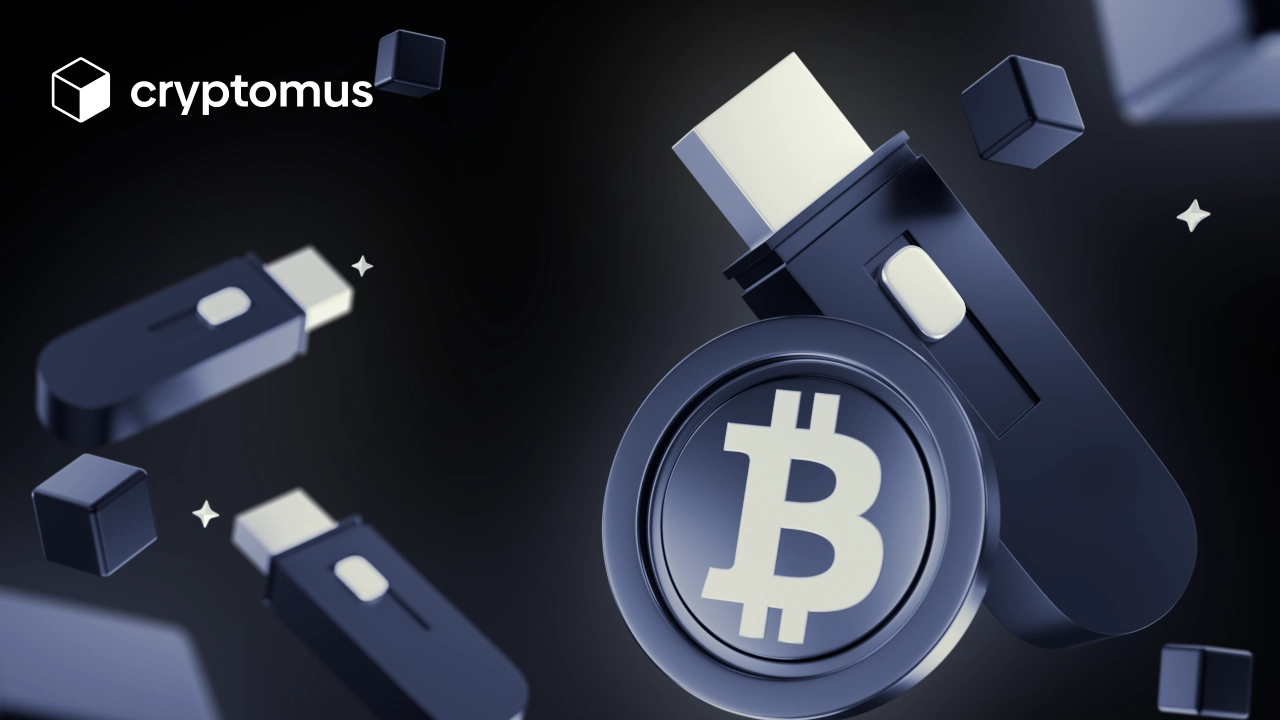
Wie richte ich eine Cold Wallet ein?
Die Einrichtung einer Cold Wallet ist ein wesentlicher Schritt zur Sicherung Ihrer Kryptowährung. Egal, ob Sie sich für eine Hardware-Wallet oder eine Paper-Wallet entscheiden, der Vorgang ist nicht schwierig.
1. Kaufen oder erstellen Sie Ihre Cold Wallet:
Sie können entweder eine seriöse Hardware-Wallet kaufen oder eine Paper-Wallet mit einem vertrauenswürdigen Offline-Generator erstellen. Wir werden uns später in diesem Handbuch die besten Hardware-Wallet-Optionen ansehen, um Ihnen bei der Auswahl zu helfen.
2. Richten Sie das Wallet ein:
- Hardware-Wallet: Befolgen Sie die Anweisungen des Herstellers, um das Gerät einzurichten. Während der Einrichtung generiert das Wallet ein Paar kryptografischer Schlüssel und stellt Ihnen eine Wiederherstellungsphrase (normalerweise 12–24 Wörter) zur Verfügung. Notieren Sie diese Phrase und bewahren Sie sie an einem sicheren Ort auf, da sie für die Wiederherstellung Ihrer Vermögenswerte bei Verlust oder Beschädigung des Geräts von entscheidender Bedeutung ist.
- Papier-Wallet: Verwenden Sie einen Offline-Generator, um Ihre Schlüssel zu erstellen. Drucken Sie die öffentlichen und privaten Schlüssel aus oder schreiben Sie sie auf ein Blatt Papier. Stellen Sie sicher, dass dieses Papier sicher aufbewahrt wird, um Verlust oder Beschädigung zu vermeiden.
3. Installieren Sie die Begleitsoftware (für Hardware-Wallets): Installieren Sie die Begleit-App auf Ihrem Computer oder Mobilgerät. Mit dieser App können Sie Ihre Kryptowährung verwalten, Guthaben prüfen und Transaktionen unterzeichnen.
Wenn Sie diese Schritte ausführen, ist Ihr Cold Wallet eingerichtet und bereit, Ihre Kryptowährung sicher offline zu speichern.
Wie übertrage ich Kryptowährungen auf ein Cold Wallet?
Sobald Ihr Cold Wallet eingerichtet ist, ist die Übertragung von Kryptowährungen der nächste Schritt zur Gewährleistung der Sicherheit Ihrer Vermögenswerte. So geht's:
1. Generieren Sie eine Empfangsadresse:
- Verbinden Sie Ihr Hardware-Wallet mit Ihrem Computer oder Mobilgerät und öffnen Sie die zugehörige App oder verwenden Sie den auf Ihrem Papier angezeigten öffentlichen Schlüssel.
- Wählen Sie die Kryptowährung aus, die Sie übertragen möchten, und generieren Sie eine Empfangsadresse.
2. Initiieren Sie die Übertragung:
- Öffnen Sie Ihr aktuelles Wallet (z. B. ein Hot Wallet oder ein Exchange-Konto) und gehen Sie zum Abschnitt „Senden“.
- Fügen Sie die Empfangsadresse aus Ihrem Cold Wallet in das dafür vorgesehene Feld ein.
- Geben Sie den Betrag der Kryptowährung ein, den Sie übertragen möchten, und bestätigen Sie dann die Transaktion.
3. Überprüfen Sie die Überweisung:
Überprüfen Sie Ihr Hardware-Wallet oder die zugehörige App, um zu bestätigen, dass die Gelder eingegangen sind, oder verwenden Sie einen Blockchain-Explorer, um zu überprüfen, ob die Transaktion abgeschlossen wurde und die Gelder sicher in Ihrem Paper-Wallet gespeichert sind.
Beste Cold Wallets im Jahr 2024
Die Wahl des besten Cold Wallets hängt von Ihren Anforderungen ab, z. B. von der Art der von Ihnen gehaltenen Kryptowährungen und Ihren bevorzugten Funktionen. Hier sind einige der besten Cold Wallets für 2024:
1. Ledger Nano X
Das Ledger Nano X ist ein führendes Hardware-Wallet, das für seine robusten Sicherheitsfunktionen und Bluetooth-Konnektivität bekannt ist. So können Sie Ihre Vermögenswerte drahtlos verwalten und gleichzeitig Ihre privaten Schlüssel offline sicher aufbewahren. Es unterstützt eine breite Palette von Kryptowährungen und bietet über die zugehörige App eine benutzerfreundliche Oberfläche.
2. Trezor Model T
Das Trezor Model T ist eine weitere Top-Wahl und bietet erweiterte Sicherheitsprotokolle und eine Touchscreen-Oberfläche. Dieses Hardware-Wallet unterstützt zahlreiche Kryptowährungen und bietet ein nahtloses Benutzererlebnis, sodass Sie Ihre Vermögenswerte einfach verwalten und sichern können.
3. Coldcard Wallet
Das Coldcard Wallet wurde speziell für Bitcoin entwickelt und bietet hohe Sicherheitsstandards und einen starken Fokus auf Offline-Schutz. Es enthält erweiterte Funktionen wie ein sicheres Element und mehrere Schutzebenen zum Schutz Ihrer Bitcoin-Bestände.
FAQ
Kann ich Kryptowährungen in einem Cold Wallet staken?
Staking erfordert normalerweise eine Online-Verbindung, um mit der Blockchain zu interagieren und Transaktionen zu validieren. Daher sind Cold Wallets nicht für direktes Staking geeignet. Sie können Ihre Kryptowährungen jedoch zum Staking in ein Hot Wallet übertragen und sie dann zur sicheren Aufbewahrung in ein Cold Wallet zurückgeben.
Welches Cold Wallet unterstützt die meisten Coins?
Unter den Cold Wallets sind Ledger Nano X und Trezor Model T für ihre breite Unterstützung verschiedener Kryptowährungen bekannt. Sie bieten Kompatibilität mit zahlreichen digitalen Vermögenswerten und sind daher vielseitige Optionen für Benutzer mit unterschiedlichen Portfolios.
Was passiert, wenn ich mein Cold Wallet verliere?
Wenn Sie Ihr Hardware-Wallet verlieren, aber Ihre Backup-Phrase haben, können Sie den Zugriff auf Ihre Gelder mithilfe eines neuen Hardware-Wallets wiederherstellen. Ohne Backup-Phrase geht der Zugriff auf Ihre Krypto-Gelder verloren, da die zur Verwendung erforderlichen Schlüssel nur auf dem verlorenen Gerät gespeichert sind.
Der Verlust eines Paper-Wallets hat schwerwiegendere Folgen. Wenn Sie das Papier mit den Schlüsseln verlieren und keine Sicherungskopie davon erhalten, verlieren Sie den Zugriff auf die Kryptowährung vollständig. Daher ist es sehr wichtig, mehrere Kopien Ihres Paper-Wallets an verschiedenen sicheren Orten aufzubewahren und mit ihnen sorgfältig umzugehen.
In beiden Fällen kann das Fehlen von Backup-Informationen oder Backups zum irreversiblen Ausfall Ihrer Kryptowährungen führen.
Was passiert, wenn mein Cold Wallet kaputtgeht?
Wenn Ihr Hardware-Wallet beschädigt wird oder nicht mehr funktioniert, können Sie Ihr Geld wiederherstellen, solange Sie Ihre Wiederherstellungsphrase haben. Ohne sie können Sie nicht auf Ihre Kryptowährung zugreifen, da die privaten Schlüssel nur auf dem kaputten Gerät gespeichert sind.
Wenn ein Paper-Wallet sich verschlechtert oder beschädigt wird, könnte der Zugriff auf Ihr Geld verloren gehen. Im Gegensatz zu Hardware-Wallets gibt es bei Paper-Wallets keine Möglichkeit, den Zugriff wiederherzustellen. Daher ist es wichtig, Paper-Wallets in einer geschützten Umgebung aufzubewahren und mehrere Kopien an verschiedenen sicheren Orten aufzubewahren, um Verluste durch physische Schäden zu verhindern.
Cold-Wallets bieten beispiellose Sicherheit für die Aufbewahrung von Kryptowährungen, indem sie private Schlüssel offline und fern von Online-Bedrohungen aufbewahren. Indem Sie die richtigen Einrichtungs- und Übertragungsverfahren befolgen, können Sie sicherstellen, dass Ihre digitalen Assets sicher bleiben.
Vielen Dank, dass Sie diesen Leitfaden zu Cold-Wallets gelesen haben. Wir hoffen, Sie finden die Informationen hilfreich und informativ!
Bewerten Sie den Artikel
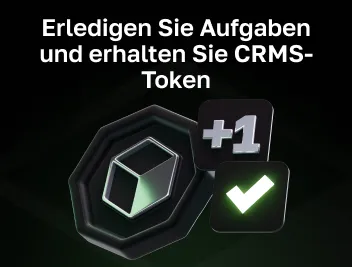
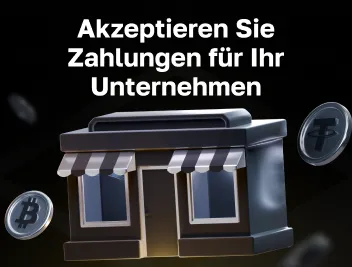
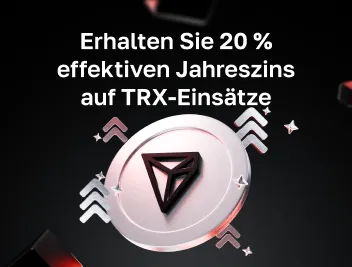
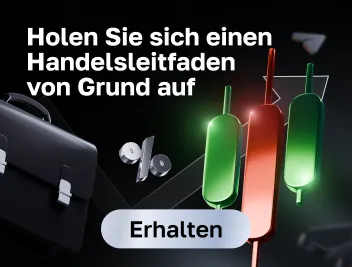




kommentare
0
Sie müssen eingeloggt sein, um einen Kommentar abzugeben